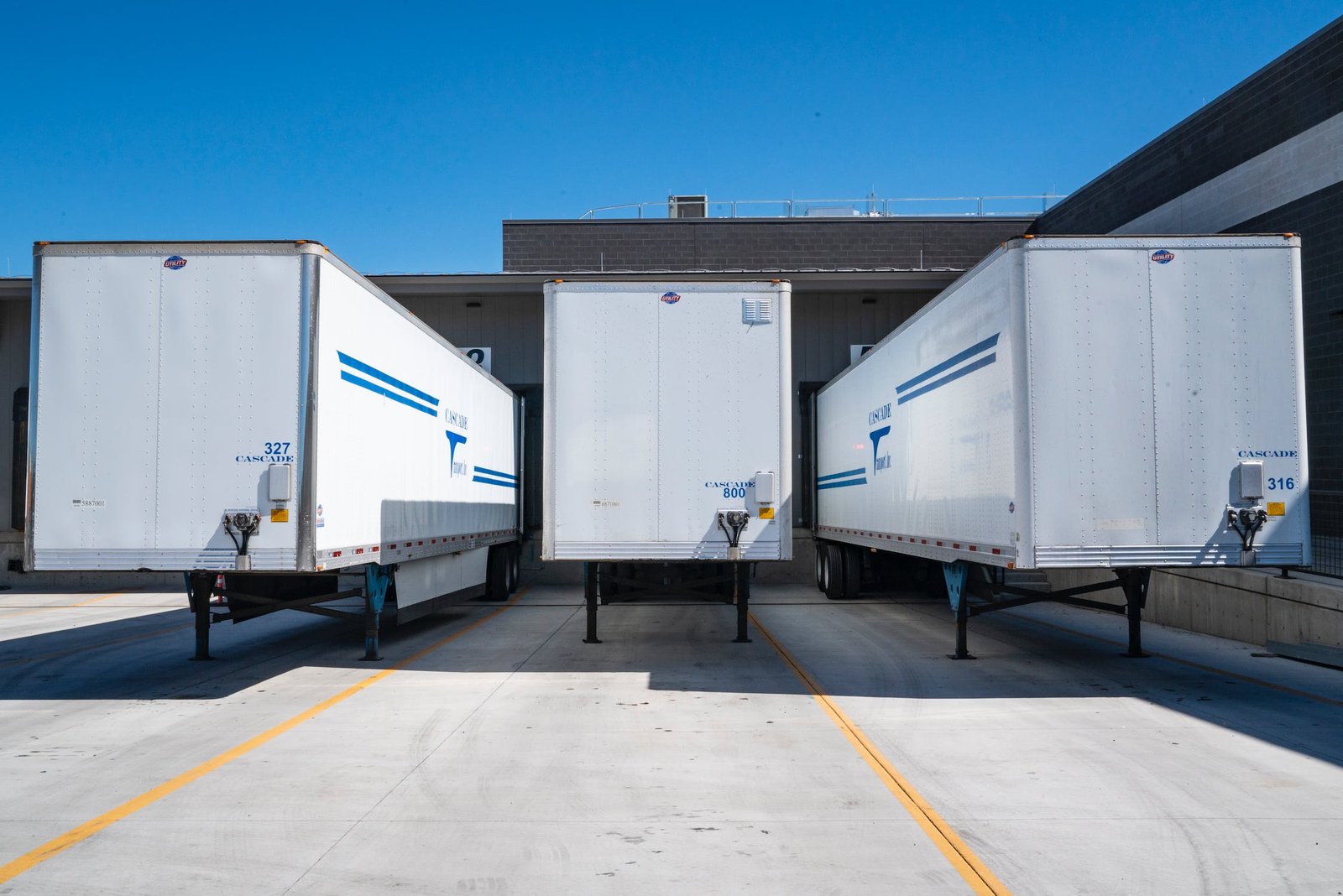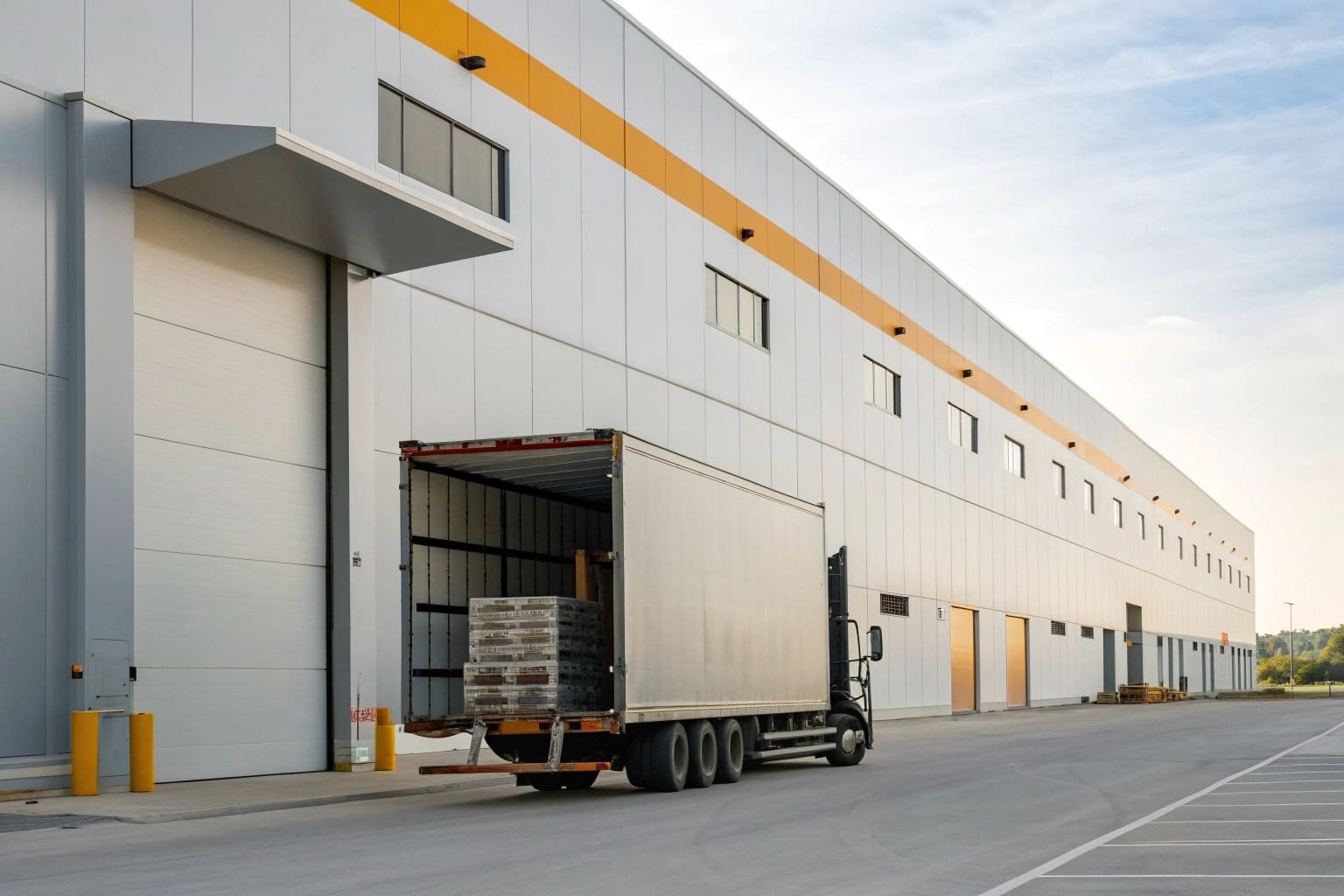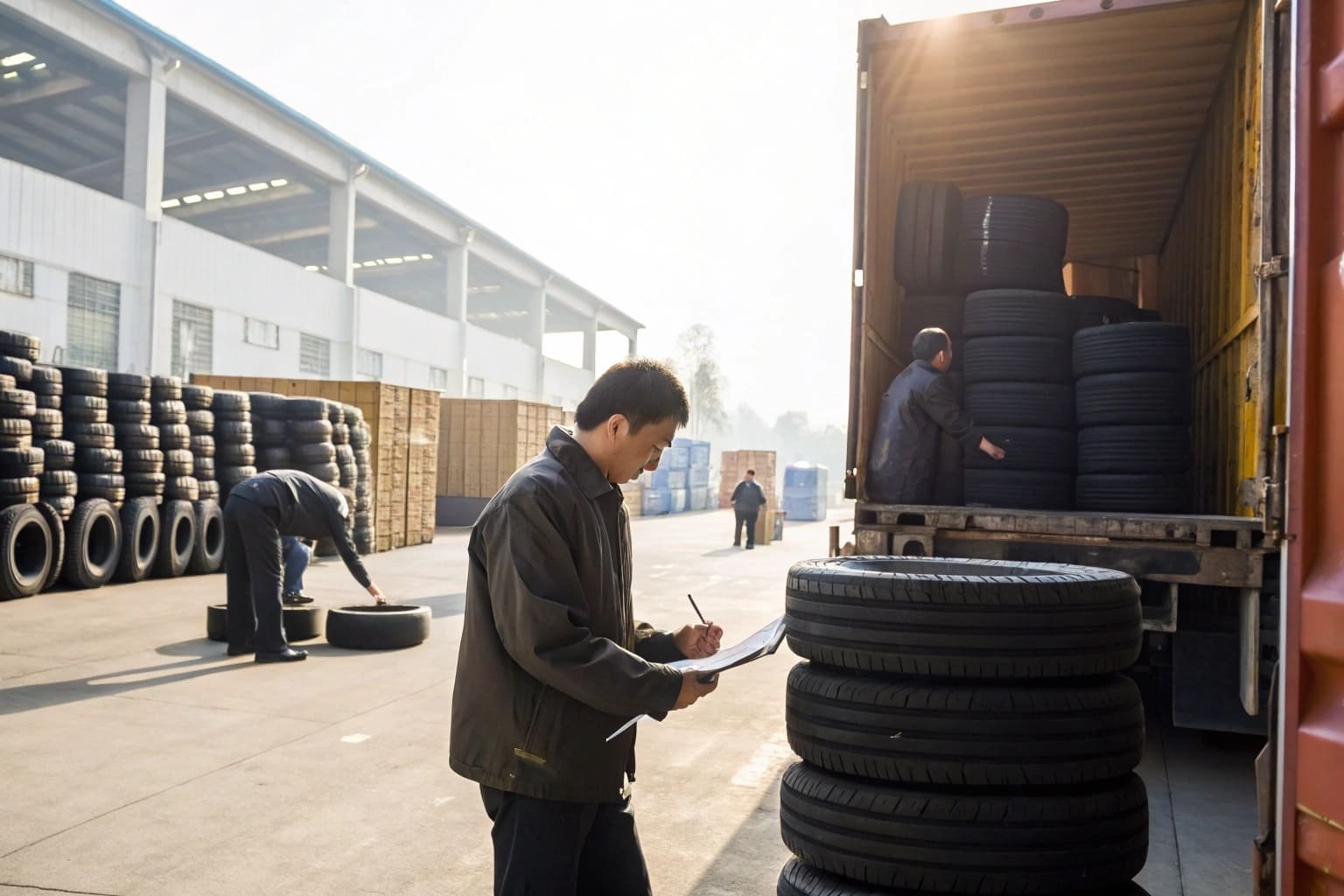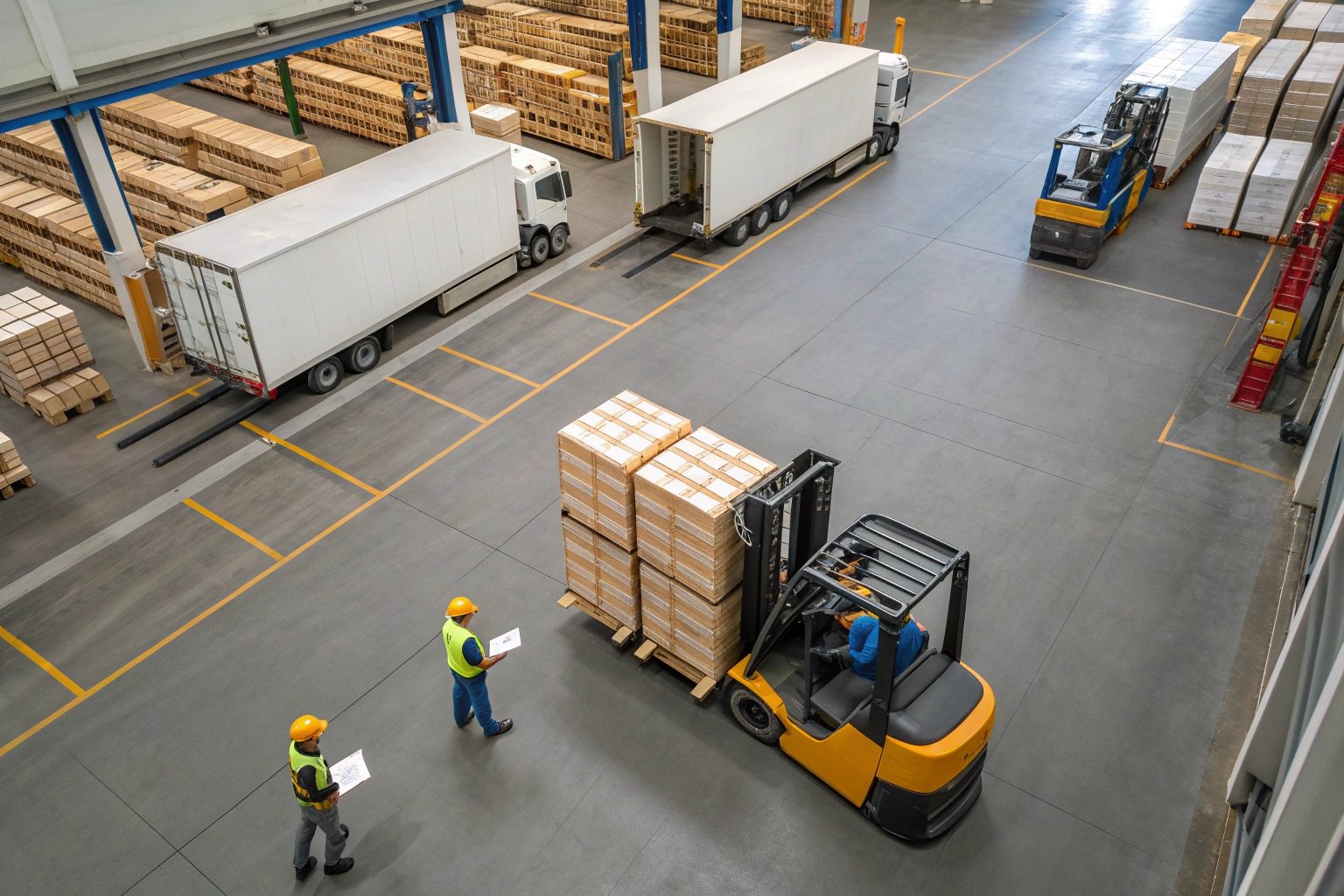In the world of full container load (FCL) transportation and delivery, two common methods of unloading goods are often discussed: Drop Off and Live Unload. While both methods serve the same ultimate purpose—getting goods from the container to the recipient—they differ significantly in terms of process, cost, and suitability for different logistical needs. Understanding these differences is crucial for shippers, receivers, and logistics managers to make informed decisions that align with their operational requirements.
This blog will delve into the specifics of Drop Off and Live Unload, exploring their key differences, advantages, disadvantages, and the factors to consider when choosing between them. By the end of this article, you will have a clear understanding of which method is best suited for your specific logistics needs.
1. Drop Off: An Overview
1.1 What is Drop Off?
In the context of FCL transportation, Drop Off refers to a method where the container is delivered to the recipient's location and left there for unloading. The recipient (or consignee) is responsible for unloading the goods from the container at their own pace. Once the unloading process is complete, the recipient notifies the carrier or driver, who then returns to pick up the empty container.
1.2 Key Features of Drop Off
- Recipient Responsibility: The consignee takes full responsibility for unloading the goods. This includes arranging labor, equipment, and any necessary tools to complete the task.
- Flexible Timing: There is no strict time limit for unloading. The recipient can take as much time as needed, provided the container is not required elsewhere.
- Fixed Costs: The cost of Drop Off is typically fixed and included in the overall transportation fee. There are no additional charges for time spent unloading.
- No Immediate Supervision: The carrier or driver does not stay on-site during the unloading process. They simply drop off the container and return later to collect it.
1.3 Advantages of Drop Off
- Flexibility: Recipients can unload the goods at their convenience, without the pressure of time constraints.
- Cost-Effective: Since there are no additional charges for unloading time, Drop Off can be a more economical option for businesses with their own unloading resources.
- Control: The recipient has full control over the unloading process, ensuring that it is done according to their specific requirements and standards.
1.4 Disadvantages of Drop Off
- Resource Dependency: The recipient must have the necessary equipment and labor to unload the container. This may not be feasible for all businesses, especially smaller ones.
- Coordination Required: The recipient must coordinate with the carrier to schedule the pickup of the empty container, which can sometimes lead to delays or miscommunication.
- Limited Carrier Involvement: If issues arise during unloading (e.g., damaged goods), the carrier may not be immediately available to address them.
2. Live Unload: An Overview
2.1 What is Live Unload?
Live Unload, on the other hand, is a method where the container is delivered to the recipient's location, and the unloading process begins immediately. This process is typically carried out by the carrier's team or a third-party unloading service. The driver or unloading team remains on-site until the container is completely emptied.
2.2 Key Features of Live Unload
- Immediate Unloading: The unloading process starts as soon as the container arrives at the destination.
- Carrier or Third-Party Responsibility: The carrier or a hired third-party team handles the unloading, reducing the burden on the recipient.
- Time-Sensitive: Live Unload is often subject to time constraints. If the unloading process takes longer than the agreed-upon time, additional charges may apply.
- Supervised Process: The carrier or driver remains on-site to oversee the unloading, ensuring that it is done efficiently and according to protocol.
2.3 Advantages of Live Unload
- Скорост: Since unloading begins immediately, the process is often faster, which can be crucial for time-sensitive shipments.
- Reduced Burden on Recipient: The recipient does not need to provide labor or equipment for unloading, making it ideal for businesses that lack these resources.
- Professional Handling: The unloading is typically carried out by experienced personnel, reducing the risk of damage to goods.
- Immediate Issue Resolution: If any issues arise during unloading (e.g., damaged goods or discrepancies), they can be addressed on the spot with the carrier's representative present.
2.4 Disadvantages of Live Unload
- Higher Costs: Live Unload often incurs additional charges, especially if the unloading process exceeds the allotted time.
- Less Flexibility: The recipient has less control over the unloading process, as it is managed by the carrier or third party.
- Time Pressure: The need to complete unloading within a specific timeframe can create pressure, particularly if the recipient is not fully prepared.
3. Key Differences Between Drop Off and Live Unload
To better understand which method is suitable for your needs, let's summarize the key differences between Drop Off and Live Unload:
| Aspect | Drop Off | Live Unload |
|---|---|---|
| Responsibility | Recipient handles unloading | Carrier or third party handles unloading |
| Timing | Flexible, no strict time limits | Immediate, often time-sensitive |
| Cost | Fixed, no additional charges | May incur additional fees for overtime |
| Control | Recipient has full control | Carrier or third party manages process |
| Resource Requirements | Recipient must provide labor and equipment | No additional resources needed |
| Скорост | Slower, as recipient unloads at their pace | Faster, unloading begins immediately |
| Risk of Damage | Higher, depending on recipient's handling | Lower, as professionals handle unloading |
4. Factors to Consider When Choosing Between Drop Off and Live Unload
Choosing between Drop Off and Live Unload depends on several factors, including the recipient's resources, time constraints, and logistical needs. Here are some key considerations:
4.1 Recipient's Resources
- If the recipient has the necessary labor and equipment to unload the container, Drop Off may be the more cost-effective option.
- If the recipient lacks these resources, Live Unload is likely the better choice, as it eliminates the need for the recipient to manage the unloading process.
4.2 Time Constraints
- For time-sensitive shipments where speed is critical, Live Unload is often the preferred method, as it ensures immediate unloading.
- If time is not a concern and the recipient prefers flexibility, Drop Off may be more suitable.
4.3 Cost Considerations
- Drop Off is generally more cost-effective, as it does not incur additional charges for unloading time.
- Live Unload may involve higher costs, especially if the unloading process exceeds the allotted time.
4.4 Risk Management
- If the recipient is concerned about potential damage during unloading, Live Unload may offer greater peace of mind, as professionals handle the process.
- If the recipient is confident in their ability to unload safely, Drop Off can be a viable option.
4.5 Coordination and Communication
- Drop Off requires coordination between the recipient and the carrier for the pickup of the empty container, which can sometimes lead to delays.
- Live Unload minimizes this need for coordination, as the unloading and container removal happen in a single visit.
5. Conclusion
In summary, Drop Off and Live Unload are two distinct methods of unloading goods in FCL transportation, each with its own set of advantages and disadvantages. The choice between the two depends on various factors, including the recipient's resources, time constraints, cost considerations, and risk management preferences.
- Drop Off is ideal for recipients who have the necessary resources and prefer flexibility in the unloading process. It is a cost-effective option that allows for greater control but requires coordination with the carrier for container pickup.
- Live Unload is better suited for recipients who lack unloading resources or require immediate unloading. While it may involve higher costs, it offers speed, professional handling, and reduced burden on the recipient.
By carefully evaluating your specific needs and circumstances, you can choose the unloading method that best aligns with your logistics strategy, ensuring a smooth and efficient delivery process.






